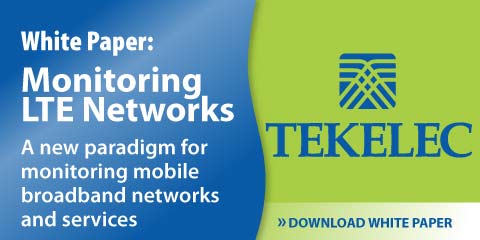
By Tim Young
Telecommunications has undergone a massive, worldwide overhaul over the course of the last few decades. POTS networks have been replaced, refitted, renovated, modified, and, in some parts of the world, dug up and sold for scrap. Wireless communications have become far more prevalent than they were just a short time ago. Bandwidth has increased exponentially. Data networks have revolutionized business, news media, and social relationships and networking.
However, telecommunications is driven by electricity, and how much has the power grid that delivers the juice to power an updated communications landscape changed in the last few decades? Or the last hundred years? Elements of power generation have shifted somewhat, but the mechanisms for delivery and metering remain woefully old-school.
However, efforts are underway to update the electric grid in much of the world, making it easier to monitor and control. This is essential for green technology to thrive, for individual citizens to become energy entrepreneurs, for serious wastes to be controlled, and for the entire process of power transmission and distribution to further develop.
|
|
Cisco made big news by announcing that it expects the market for infrastructure for Smart Grids would top USD 20B within the next five years. |
|


Energy Independence and Security Act got the ball rolling for Smart Grid in the US market). As capital infusions go, that’s not a bad start, and inertia is on the side of the Smart Grid. While many in the power industry and many outside observers have known for years that a better way of monitoring and controlling utilities would be beneficial, this funding has provided the sort of acceleration that the Smart Grid needed.
|
|
|
|

Furthermore, a Smart Grid is a connected grid, making it as much a communications project as a utilities project. Many companies are taking on projects in the Smart Grid arena. AT&T and Verizon are working with Smart meter technology. Qwest is working on backhaul for a Smart Grid. Start-ups are popping up to fill in gaps. Cisco made big news by announcing that it will be playing in the Smart Grid space, and expects the market for infrastructure for Smart Grids would top USD 20B within the next five years,
The advanced meter infrastructure space has been growing and gaining traction for some time, and the time is right for the Smart Grid. Here in the US, the American Recovery and Reinvestment Act allotted USD 4.5B for the funding of utilities to employ smarter metering and monitoring technology (and 2007’s
|
|

And there are ample opportunities in all of this for the OSS/BSS set. Progress Software has been working for some time on advanced meter management, noting that it is “rapidly becoming a critical component to the transformation of the electricity industry.” The volume of data generated by a widespread Smart Grid is such that traditional systems would quickly become overtaxed and in need of update or overhaul. “In order to provide the levels of service that the industry now demands, management of meter data needs to be conducted in real-time with the ability to analyze usage patterns in meter events,” says Progress. The trends within subsets of the telecom space to embrace and understand Smart Grids is only on the rise as groups like the IMS Forum and TMForum add conference sessions and working groups focused on Smart Grid to their agendas.
|
|






